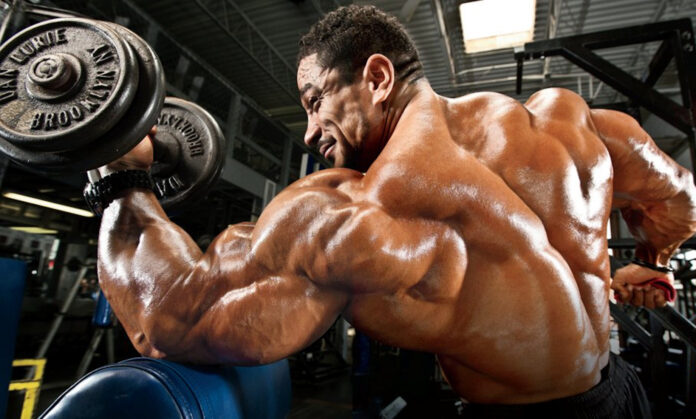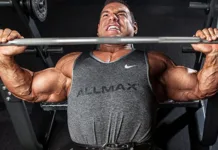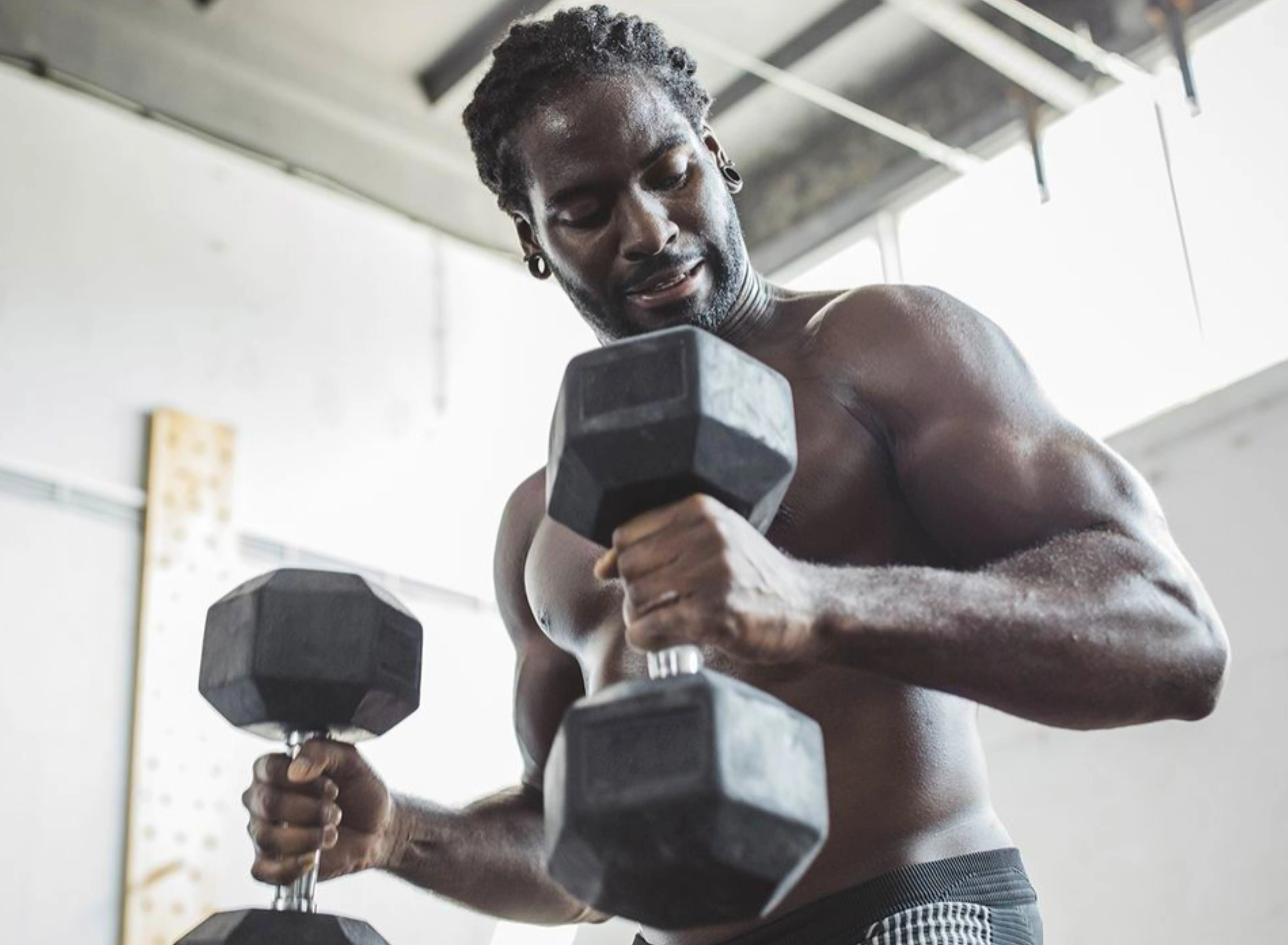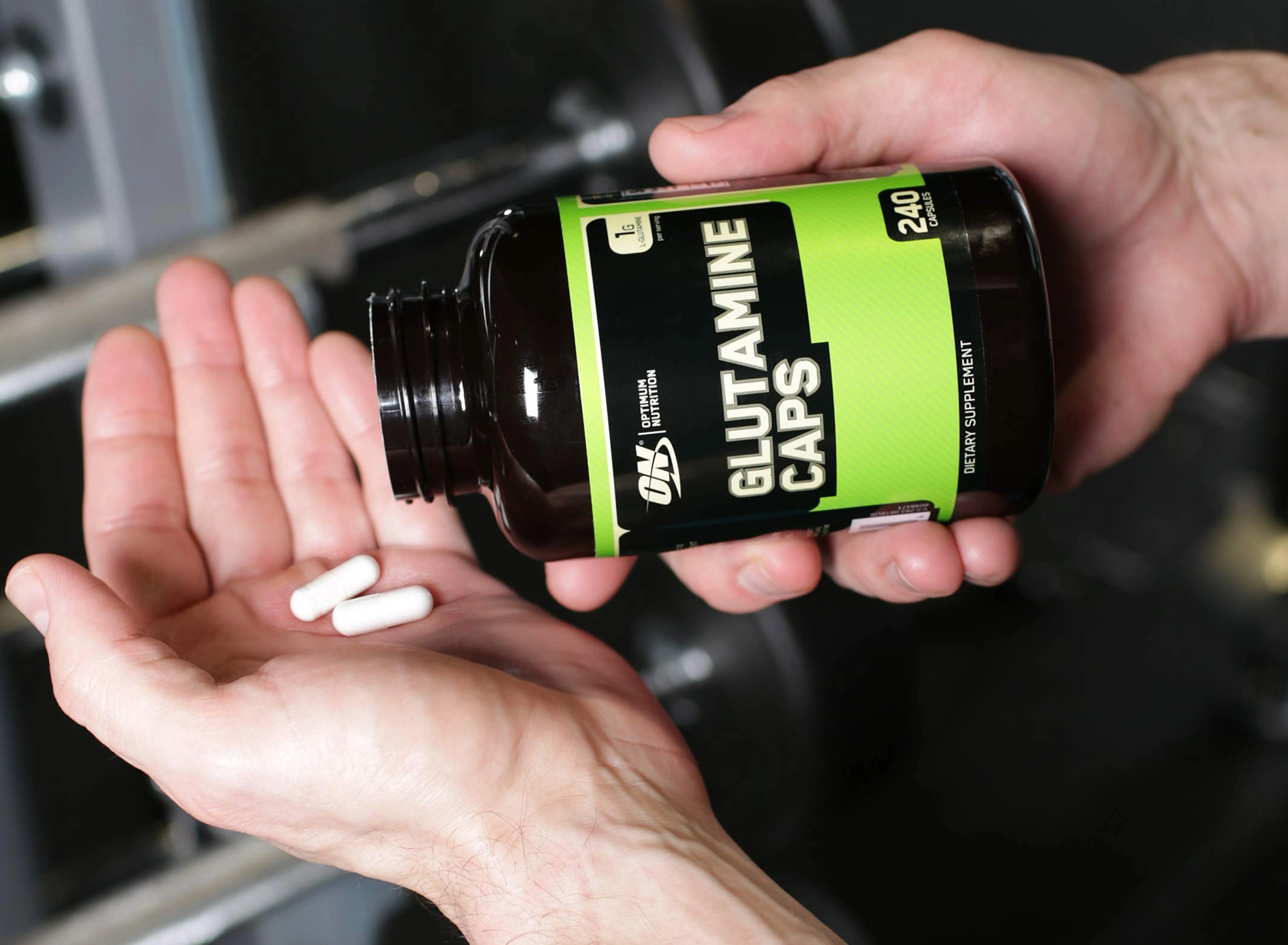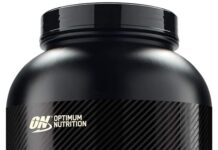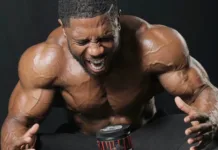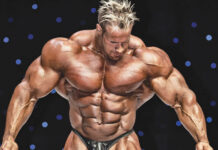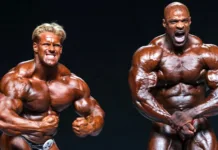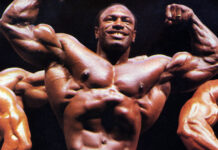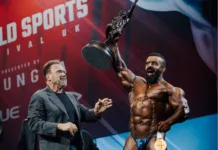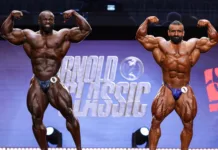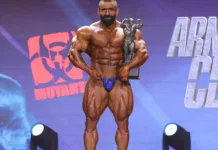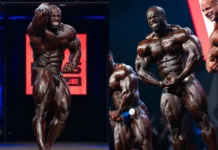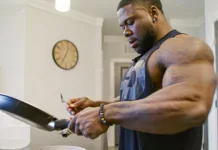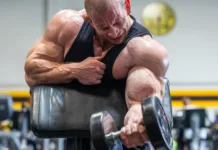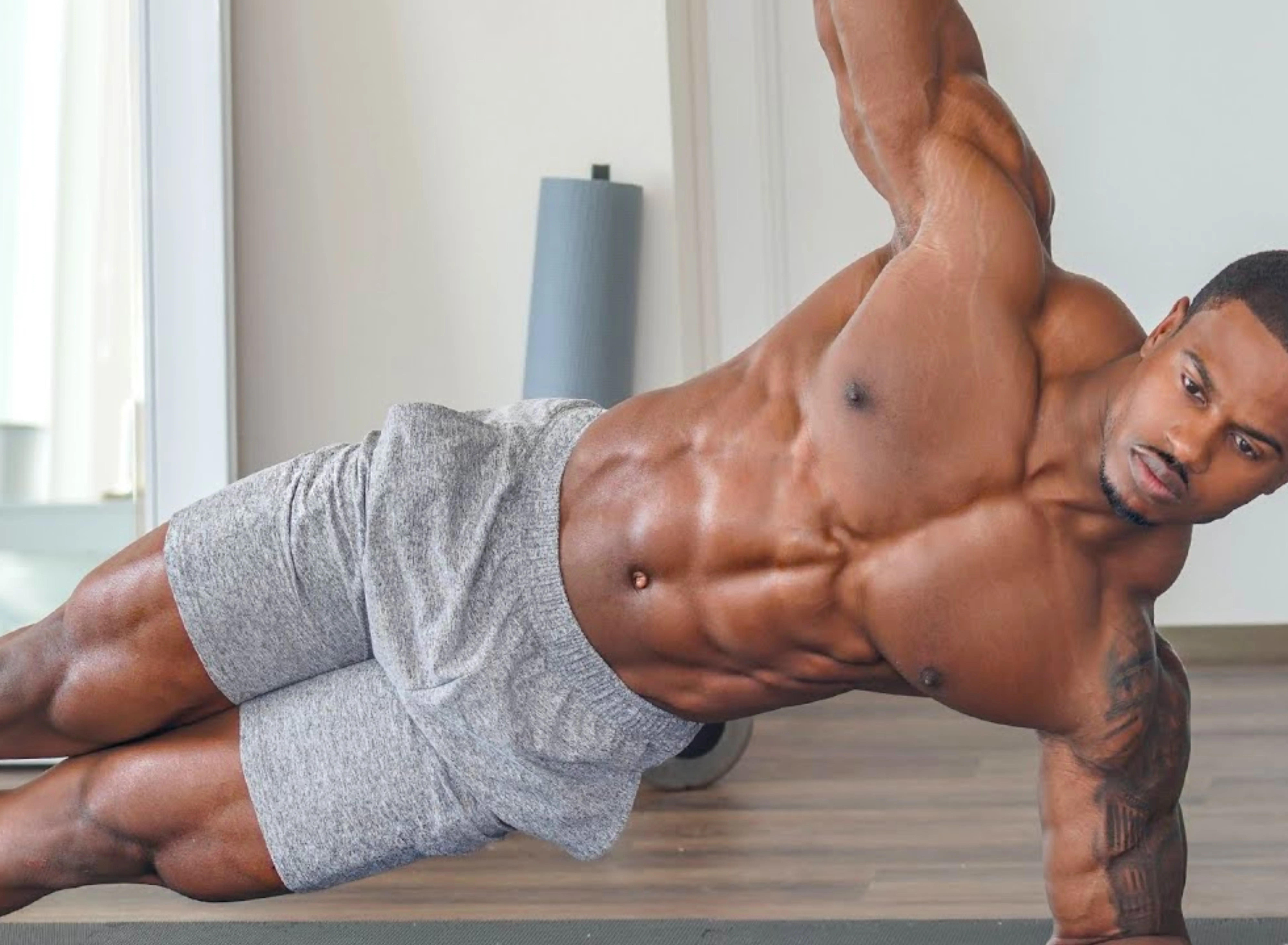To maximize progression, either in strength or muscle growth, you want to get more good-to-excellent workouts than below-average workouts.
Still, most lifters believe a bad workout is better than no workout at all. Their reasoning? Even though their performance is subpar, they’re still imposing physical stress on their muscles, which will promote growth.
Most of the time, crappy workout performance occurs because your muscles or nervous system are not recovered due to factors other than training. In both cases, imposing more stress could lead to a downward spiral: your body is playing catch up and might not be able to fully recover, much less positively adapt.
Now, let me ask you this: “If you entered a competition giving a million dollars to the person who has the best squat performance, would you go to the gym the day before and crush it”? Of course not! You’d rest to maximize your chances of being in the best physiological state to perform optimally.
So doesn’t it stand to reason that if you want to get rid of the bad workouts and maximize performance, you’d rest the day prior to your session?
That’s what I’ve been doing with most of my clients for about two years. It’s a one-day on, one-day off approach – train every other day or EOD.
The main purpose is to rest the day before each workout to be able to train harder and better every time you hit the weights.
Intrigued? Panicked maybe? Read on!
Why an EOD Split?
Here are the highlights. The more in-depth info will be covered below for those who want to geek out:
- Protein synthesis in a trained muscle peaks at around 24 hours and remains elevated for 36 hours after your workout. This essentially covers the rest of your training day and the following day.
- Taking a day off after your workout – while increasing protein intake and doing non-stressful physical activity – allows you to get the most out of the higher protein synthesis.
- The main benefit of EOD training is to be able to work brutally hard while significantly lowering your risk of training burnout.
- To get the most out of this approach, use a whole-body training split. This will give you a very high training frequency for each muscle, despite a moderate overall frequency. An alternative approach is a lift-specific program (bench and assistance on day one, squat and assistance on day two, etc.) which is also good.
- Your results won’t decrease from “only” training every other day (3-4 workouts a week) than if you train more frequently. Some will get similar results, some will get slightly better results, and a few will get massively superior results. But whatever your results, you’ll be feeling much better, reducing aches and pains, and gaining more energy and more time to do other things.
EOD: Hard Workers Only!
You’ve heard this before: the workout is to stimulate the body to grow, but the growth occurs when you rest and feed the body. Everyone says it, but many of those same people train 5-6 days a week, doing 30 sets per workout.
I’m not saying it’s impossible to train 5-6 days a week. If the volume is low enough, it’s doable. But if you train with moderate or higher volume and keep a high effort level on your sets, you won’t be able to train 5-6 days a week and progress optimally while feeling good.
Let’s go back in time before steroids came onto the scene. Lifters trained 3 days a week (Monday, Wednesday, Friday) and built a ton of strength and size. One could argue that training 5-6 days a week, using body part splits, and jacking up the volume, came along with steroids. But that’s a different story.
I’m not saying you can’t progress when training 5-6 days a week. When you’re young (around 16-22), don’t have bills to pay, a job, a family, and aren’t strong yet, it’s doable. But in the real adult world, most will crash on that schedule.
Sure, a lot of people DO train 5-6 days a week and don’t feel trashed. But if you look at them train, it’s not exactly the paragon of hard work. Don’t confuse working out a lot with working hard.
So this approach is for those who train HARD – hard enough to stimulate significant growth. EOD training isn’t for the lazy. It’s for the person who wants to train brutally hard.
Whether it’s lifting heavyweights on the big basics to get strong, lifting to get dense and hard, or using short rest intervals to challenge your metabolic and muscular system, the every-other-day approach is for those who NEED to take a day off after a session. They need it because it would be impossible to have a productive workout the next day.

Systemic Versus Local Effects Of Training
Here’s what dedicated lifters are probably asking: “Yeah, but if I’m not hitting the same muscles, why couldn’t I train hard two days in a row?”
It’d be a valid point if local fatigue (the fatigue you get in trained muscles) was all that happened when you trained. But it isn’t.
Each workout has both local and systemic effects that can have a negative effect on performance:
Effects of local fatigue
- Local glycogen depletion
- Local ATP-CP depletion
- Loss of intramuscular triglycerides
- Local inflammation
- Desensitization of the neuromuscular junction (muscles are less responsive to the excitatory drive and lose contraction strength)
- Decreased firing rate of muscle spindles, decreasing motor neurons firing
Effects of systemic fatigue
- Decreased excitatory drive from the motor cortex
- Downregulation of the beta-adrenergic receptors (muscle, heart, and nervous system are harder to activate)
- Changes in neurotransmitter levels leading to central fatigue
- Increased demands on the immune system (which drives muscle damage repair)
- Increased cortisol negatively affects whole-body protein synthesis and increases protein breakdown
- Increase in glutamate levels, leading to muscle tightness and a lower pain threshold
It’s the systemic effects that’ll get you. If it’s great enough, it can even negatively impact your state of mind and motivation.
Why Systemic Fatigue Messes You Up
It decreases the capacity of the nervous system to get activated. The nervous system then sends a weaker activation signal to the muscles.
Systemic fatigue also causes a downregulation of the beta-adrenergic receptors (a lower response to adrenaline) in the muscles, which means less force production. In the heart, this means lower oxygen transport and less endurance. In the nervous system, it means less motivation, slower motor programming, and processing.
“Systemic fatigue changes the neurotransmitter levels in the nervous system (decreased dopamine, increased glutamate) which, coupled with the lower response to adrenaline, leads to a harder time getting motivated, lowers force production, reduces your pain threshold, and causes fatigue and moodiness”.
Systemic fatigue also causes more cortisol release, negatively impacting whole-body protein synthesis and muscle glycogen replenishment.
The harder a training session, the greater the systemic fatigue. Your volume, how hard you push your sets, the amount of weight you use, and the difficulty of the exercises, are key factors affecting the stress level of a session.
A lifter doing workouts consisting mostly of isolation or machine exercises, with fairly light to moderate weights not pushed to the limit, will experience less systemic stress.
That’s why training one-day on/one-day off isn’t for those who don’t want to train that much; it’s for those who train so hard they need a day off after their workouts.
It’s Not an Off Day. It’s a Peaking Day
If you have a mental issue with taking a day off, change your mindset and see it as a peaking day. Use the day before a workout as a tool to help you destroy the weights on training day.
You might even have more calories and carbs on the non-workout days if your goal is to blow your muscles up as much as possible and gain an advantage on the big lifts.
“Think about passive stability. When you increase intramuscular glycogen storage and water retention, the muscles will create more pressure around the joints, making them more stable. When your joints are more stable, you can more easily produce maximum force”.
Having full muscles also gives you a leverage advantage. Basically, see each off day and its subsequent training day as a united pair: load and fire!
Four Ways to Organize Your Workouts
Use a split where each muscle gets stimulated, at least indirectly, twice per cycle of four workouts. Since you have four workouts per eight days, if you use a traditional bodybuilding-style body part split, you’ll likely wait too long between hitting each muscle to grow optimally.
So try one of these:
1. Whole-Body Workouts
Here you have the option of using two different sessions repeated twice per eight-day cycle; four different sessions done once per eight-day cycle; or three whole-body workouts rotated.
Each session is built on four multi-joint exercises (one squat, one press, one pull, one hinge). You have the possibility to add 1-2 isolation exercises for lagging muscles.
Whole-Body (two different sessions)
| Day | 1 | 2 | 3 | 4 | 5 | 6 | 7 | 8 |
|---|---|---|---|---|---|---|---|---|
| Workout | WB 1 | OFF | WB 2 | OFF | WB 1 | OFF | WB 2 | OFF |
Whole-Body (four different sessions)
| Day | 1 | 2 | 3 | 4 | 5 | 6 | 7 | 8 |
|---|---|---|---|---|---|---|---|---|
| Workout | WB 1 | OFF | WB 2 | OFF | WB 3 | OFF | WB 4 | OFF |
Whole-Body (three different sessions)
| Day | 1 | 2 | 3 | 4 | 5 | 6 | 7 | 8 |
|---|---|---|---|---|---|---|---|---|
| Workout | WB 1 | OFF | WB 2 | OFF | WB 3 | OFF | WB 1* | OFF |
* The next cycle would start with the WB 2 workout.
2. Whole-Body + Gap Workout
In this split, you have three whole-body workouts, which include four big lifts to cover the whole body (one squat, one press, one pull, one hinge). Then you finish the cycle with a gap workout that uses isolation exercises for muscles that might be lagging or aren’t getting properly stimulated by the big basic lifts.
Whole-Body + Gap Workout
| Day | 1 | 2 | 3 | 4 | 5 | 6 | 7 | 8 |
|---|---|---|---|---|---|---|---|---|
| Workout | WB 1 | OFF | WB 2 | OFF | WB 3 | OFF | GAP | OFF |
3. Lift-Specific Split
Here you pick four main lifts to cover the whole body (squat, bench, deadlift, military press). Each one has its own day along with assistance work for it.
Normally we have 4 “big” exercises per workout (main lift, two assistance exercises, and one pulling movement). You can add 1-2 isolation exercises for the weaker muscle in the lift if needed.
I like to have one pulling exercise per day because you can never have a back that’s too strong or big. While you can do any pulling movement you want, I like to do this: Military press workout and vertical pull; bench press workout and horizontal pull; deadlift workout and traps or explosive pull (high pull, power clean, etc.); and a squat workout with a lower stress movement that hits something like rear delts.
Lift-Specific
| Day | 1 | 2 | 3 | 4 | 5 | 6 | 7 | 8 |
|---|---|---|---|---|---|---|---|---|
| Workout | Squat | OFF | Horizontal Press | OFF | Hinge | OFF | Vertical Press | OFF |
4. Whole-Body Hybrid (Modified Hatfield Split)
This is typically a “whole-body” split because you hit the upper and lower body to some extent in every workout. You have two types of sessions. In the first, you train the press and squat pattern. In the second, you do pull and hinge work.
I like to use four multi-joint exercises per session (the two main lifts plus one assistance movement for each) with the possibility of adding 1-2 isolation exercises (one for the weaker muscle of each lift). You do each type of workout twice, and you can use different exercises or methods on both.
Whole-Body Hybrid
| Day | 1 | 2 | 3 | 4 | 5 | 6 | 7 | 8 |
|---|---|---|---|---|---|---|---|---|
| Workout | Squat & Press | OFF | Hinge & Pull | OFF | Squat & Press | OFF | Hinge & Pull | OFF |
The upper/lower split would also work.
Eating
“If your goal is to gain muscle and strength, ingest a caloric surplus. That’s a given. While building muscle and losing at the same time is technically possible, it’s highly inefficient”.
I’m not suggesting piling on fat, but if you want to build muscle, you’ll have to bathe your body in nutrients. This is best done with a caloric surplus. Eating a surplus – especially if it comes from carbohydrates – puts the body in an ideal physiological state to grow.
Now, this part may surprise you. I recommend having your greatest caloric and carb intake on the NON-workout days, not on the training days – especially if your goal is maximum muscle growth and strength gains.
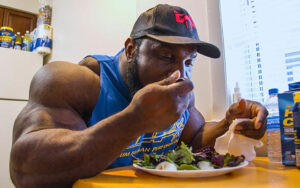
Non-Workout Day Nutrition
The days you’re not training are meant to:
- Maximize the growth from the previous day’s workout
- Load the muscles full of glycogen and water
- Facilitate systemic recovery to be rested for the next session
That’s why you need a significant energy surplus on these days. So let’s get into each macronutrient and how much to eat on your non-workout days.
Carbs
Your surplus should come mainly from carbs. Why?
- Carbs set up an anabolic milieu by decreasing cortisol and increasing mTOR, IGF-1, and insulin. (Carbs are the best “supplement” to lower cortisol.)
- Carbs lower adrenaline, allowing you to sleep better and prevent beta-adrenergic downregulation (the leading cause of training burnout).
- Carbs replenish muscle glycogen and pull water into the muscles.
- Carbs are protein-sparing. The more carbs you ingest, the less protein you need to build muscle.
Protein
Protein is the second most important nutrient. The workout and carbs will put your body in an anabolic/muscle-building state, but you still need the protein to take advantage of the state you just put your body into.
You don’t need as much protein as you might think, though. About 0.8 to 1 gram per pound of body weight is more than enough to maximize growth if carbs are high.
Fat
Fat should be kept lower, mostly to be able to get more carbs in. Get around 0.25 grams per pound of bodyweight with an emphasis on omega-3 fatty acids and mono/polyunsaturated fatty acids. That’s enough. It should be easy to get if you eat “real food” and supplement with a quality omega-3 supplements.
Training Day Nutrition
Your caloric intake should actually be a bit lower, mostly via a lower carb intake. Carbs should be concentrated around your workout (before, during, after) and in the last meal of the day.
“Carbs decrease cortisol and adrenaline. This is great if you want to be in rest-and-recovery mode, but not so much if you want to get amped up for your workout. A lot of people report being sluggish for their workout if they have too many carbs”.
The number of carbs (on both types of days) should vary depending on your goal:
- Maximum muscle/strength without regard to fat gain
- High rate of growth with some fat gain accepted
- Significant growth with minimal fat gain
- Some muscle growth with no fat gain
On the non-workout days, carb intake should be around 50% higher than on the training days. Example: 200 grams on training days and 300 on non-workout days.
The amount of protein on training days can be a little bit higher due to a good 30-50 grams being consumed around the workouts. Fats can be a bit higher on training days since it’s good to support hormone production and nervous system function.
Stimulate, Then Grow
Stimulating your muscles through training and allowing the growth to happen through nutrition and rest are opposite processes that need each other.
When you train, you deplete glycogen and ATP while breaking down muscle tissue. When you recover, you store these things and increase protein accrual to the muscle tissue.
When you train, you also increase catabolic hormones like cortisol and adrenaline. When you rest and grow, your anabolic hormones like IGF-1 and insulin go up.
“The body is very inefficient at doing two opposite things at the same time. It can do it, but you lose on both ends. If you introduce a second workout while you’re still in the recovery phase of the previous session, you must halt the recovery process for the time of the workout and then restart it. And when recovery from the second workout is added to that of the first one, it decreases adaptation to one or both of them”.
The EOD approach is the most efficient way to train and gain. I’m actually pissed that I didn’t apply it to my own training sooner. It requires some mental reprogramming for those of us who are stimulus addicts, but it’s more than worth it.
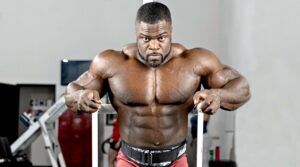
For more news and updates, follow IFBNewsfeed.Org on Facebook, Twitter, and Instagram.
